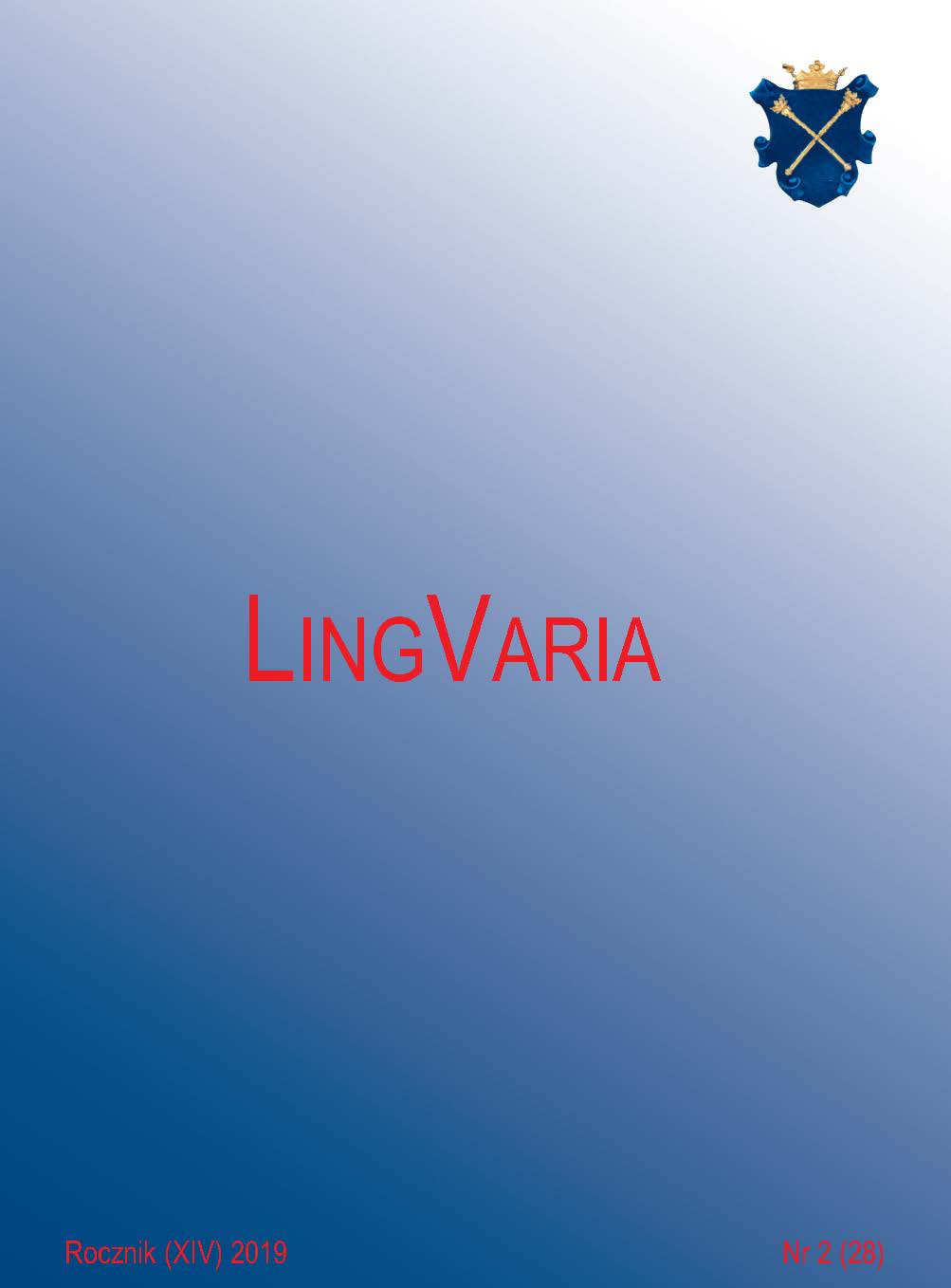Polisemia i synonimia w rekonstrukcji językowego obrazu ostu w polskiej tradycji ludowej
Polysemy and Synonymy in the Reconstruction of the Linguistic Image of Thistle in Polish Folklore
Author(s): Katarzyna ProrokSubject(s): Language and Literature Studies, Semiotics / Semiology, Theoretical Linguistics, Studies of Literature, Polish Literature
Published by: KSIĘGARNIA AKADEMICKA Sp. z o.o.
Keywords: polysemy; synonymy; linguistic worldview; cognitive definition; plants; thistle
Summary/Abstract: In the first part of the article, the author attempts to determine which plant should be described in the entry OSET (‘thistle’) in Słownik stereotypów i symboli ludowych (‘A Dictionary of Folk Stereotypes and Symbols’), as the name oset is polysemic in Polish dialects and can refer not only to thistle (Carduus), but also to other similar plants with prickly leaves/stems and roundish red, purple or pink flowers, most often to cirsium (Cirsium), less often to cottonthistle (Onopordon) or milk thistle (Silybum). Villagers either identify these plants with each other, or distinguish them from each other, but nevertheless count them together in the common ‘category of thistles’. Hence the proposal that all the above mentioned ‘thistles’ should be included in the entry for OSET. The method of defining adopted in the Dictionary…, so-called cognitive definition, allows for it as its purpose is to reconstruct the colloquial, ‘stereotypical’ way of conceptualizing reality; it describes ‘mental objects’, ‘social notions of objects’ – not, as typically in dictionary definitions, words or the real-world objects that correspond to them. In the second part of the article, the author analyses synonyms and hyponyms of all of the ‘thistles’ that have been selected for description. Although from a scientific point of view some of them are only quasi-synonyms, they form a semantically consistent group, and are worth being included in the definition of OSET, because they strengthen or profile the basic image of OSET that has been reconstructed on the basis of other sources (proverbs, songs, tales, legends, descriptions of beliefs and practices, etc.). For example, bodziak (lit. ‘one that gores’), drapacz (lit. ‘one that scratches’) talk about thistle as a sharp, prickly plant; kolkowe ziele (lit. ‘colic herb’) – a plant believed to heal stabbing pains; diabelski oset (lit. ‘devil’s thistle’), diabelskie nasienie (lit. ‘devil’s seed’) – a plant perceived as devilish; czartopłoch (lit. ‘one that scares the devil away’) – an apotropaic plant, etc.
Journal: LingVaria
- Issue Year: 14/2019
- Issue No: 28
- Page Range: 181-193
- Page Count: 13
- Language: Polish

